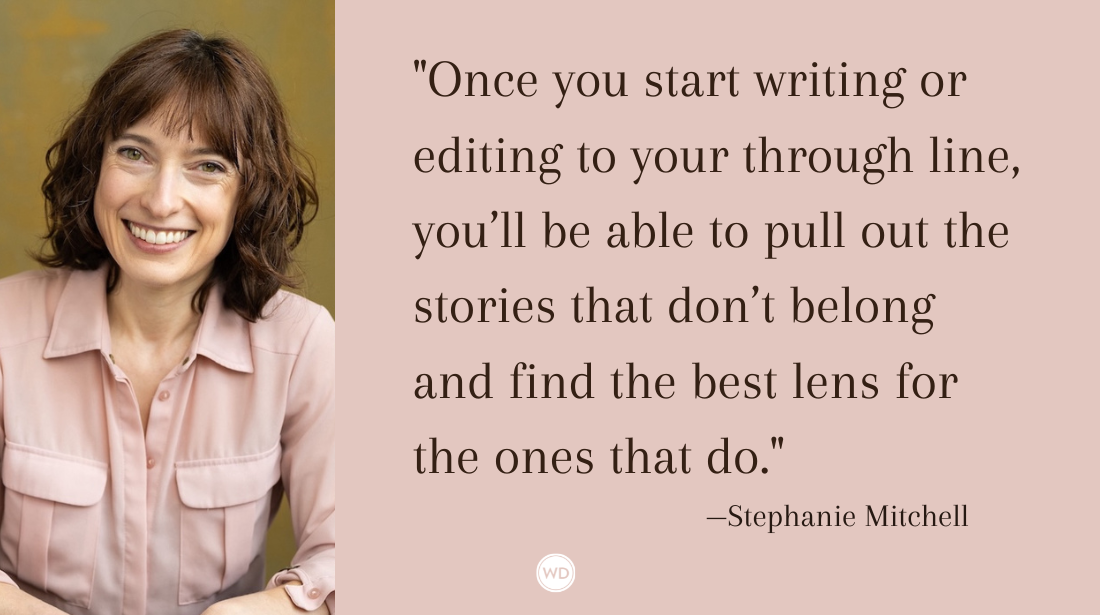The Roeder Report:Escaping the Slush Pile
Your novel is finished. If you’re like most writers, you put months, maybe years, into writing it and then you proofread it through the envelope on the way to the post office. But then what? What happens between the moment you send the manuscript off and the moment some intern turns a flamethrower on it? You might have heard that it sits atop a stack of nuisance submissions called a “slush pile.” But that’s not actually true—it’s probably not on top of the pile. by Jason Roeder
Your novel is finished. If you’re like most writers, you put months, maybe years, into writing it and then you proofread it through the envelope on the way to the post office. But then what? What happens between the moment you send the manuscript off and the moment some intern turns a flamethrower on it? You might have heard that it sits atop a stack of nuisance submissions called a “slush pile.” But that’s not actually true—it’s probably not on top of the pile.
Now, on rare occasions, an editorial assistant finds something worthwhile in the pile and passes it along to an assistant editor, who recommends it to a senior editor and so on, until a hitherto unknown emerges as a talent deserving of the phrase “marketable, vis-à-vis our target demos for the upcoming fiscal year.” Sure, someone out there has lived that fairy tale. But if you really want to make it out of the slush pile, you can’t rely on your writing alone.
KNOW THE COMPANY. Publishing types don’t want you to waste their precious minutes. Chances are, by the time an editor gets to your submission, she’s already read through TV fan fiction, recipes for cooking squirrel and the adventures of a superhero who’s half man, half Bowflex—and that’s a single manuscript, folks. So, as a courtesy, let the publisher know in your cover letter why you chose them for your work and why you think they’d be a particularly good fit—something like, “My memoir is just as recklessly embellished as that other one you produced,” “I was proceeding through Writer’s Market page by page and arrived at T,” or “The fact you’ve never published a horror novel in your 50-year history can only mean that you’ve been waiting for just the right one.”
BE HOT. Generally, if you send an author photo along with your manuscript—particularly a shot of you assuming an “authorial” pose involving a manual typewriter—you can expect it to be passed around the office and abused slightly less than Mussolini’s corpse.
However, publishers like it when attractive faces look up from book jackets. So if you’re hot, there’s no harm in making that known; if you’re not, well, why’d you become a writer?
SWEETEN THE DEAL. I have to be a little indirect here. Imagine I’m winking at you an awful lot, like I’m still getting adjusted to my new donor eye. When I sent in the manuscript for my humor book, it seems a 75-cent coupon for Grape-Nuts somehow found its way into the submission materials. Of course, I have no idea how this occurred, and I’m certain it had nothing to do with the eventual book deal I received. But accidents happen, of course, so if you discover that your submission materials mistakenly included, say, a shiny nickel or a brand-new pair of ankle socks, don’t fret too much about it.
SEND YOUR MANUSCRIPT BY PRIORITY MAIL. When you send your work by Priority Mail, the publisher knows he’s dealing with a person of influence, whose submission had to reach its destination in one to three days, not three to six days. Instead of the slush pile, your manuscript will be placed in a special VIP submission lounge and treated to free cocktails and chair massages.
Your novel may be awful, but there’s not an editorial underling in the world who will want to risk his future by tangling with someone like you.









